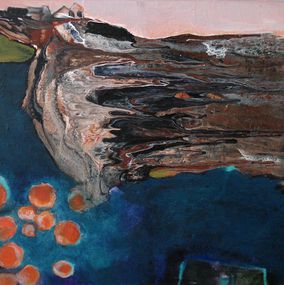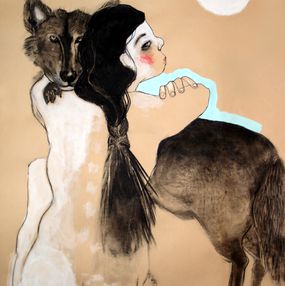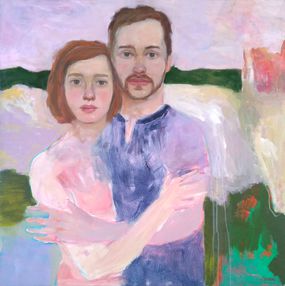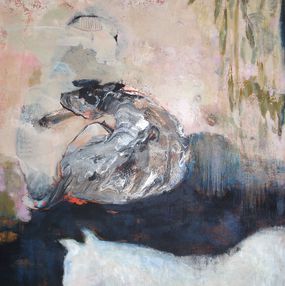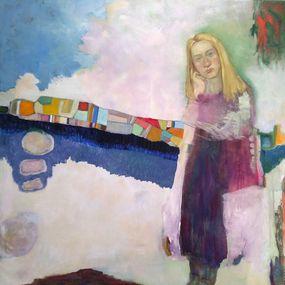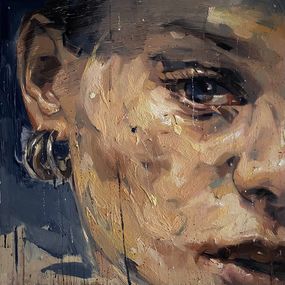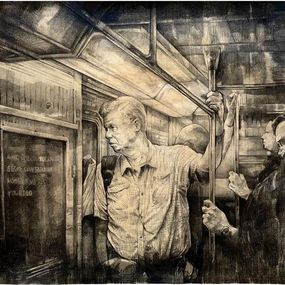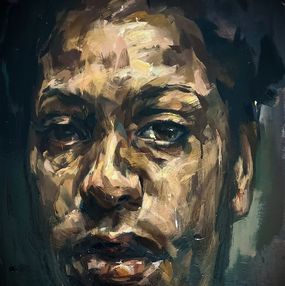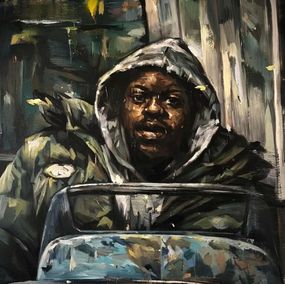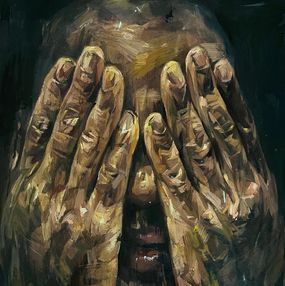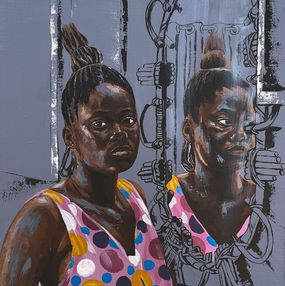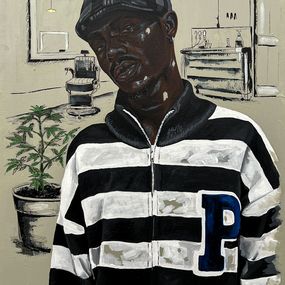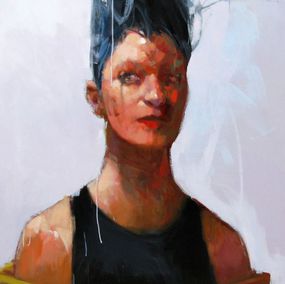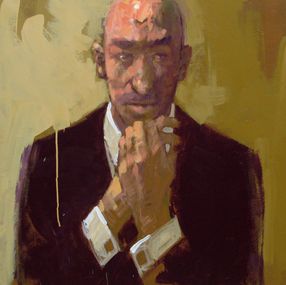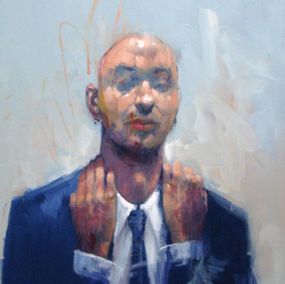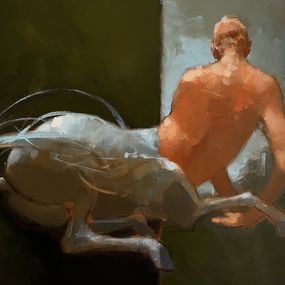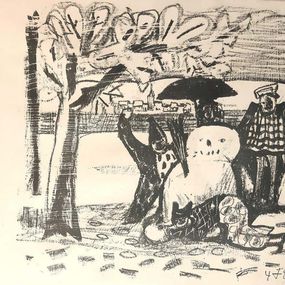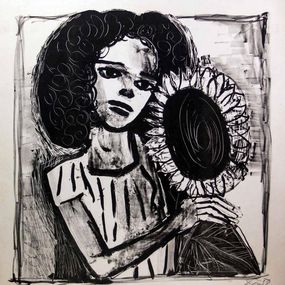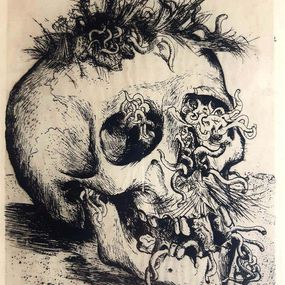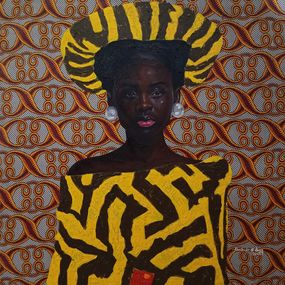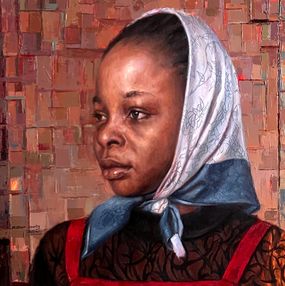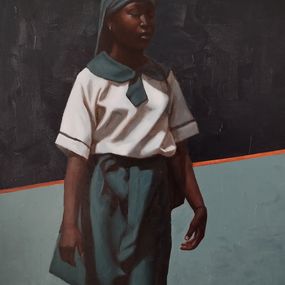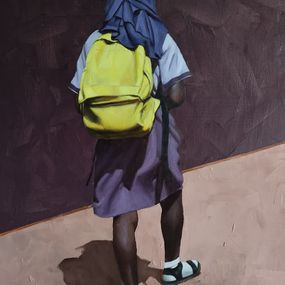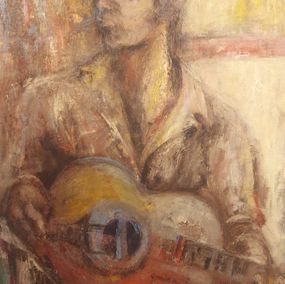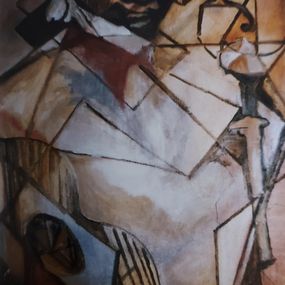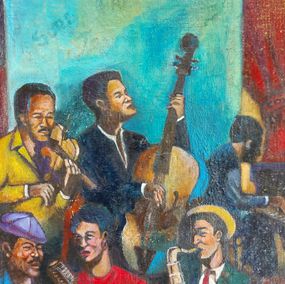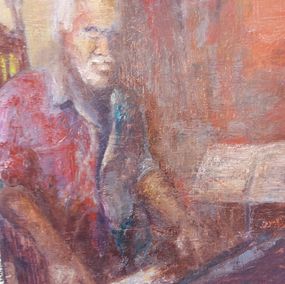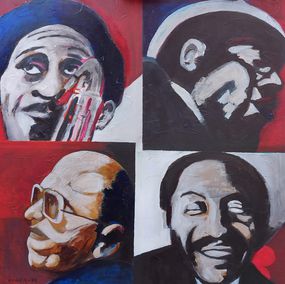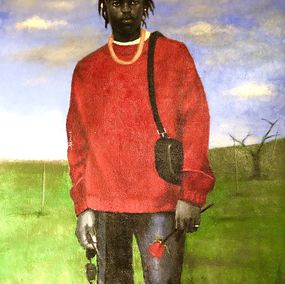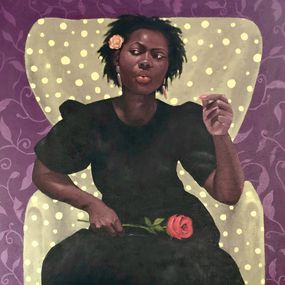
New Objectivity
New Objectivity (Neue Sachlichkeit in German) was a German art movement that began in the 1920s in reaction to expressionist art. German art historian Gustav Friedrich Hartlaub, who was also the director of the Kunsthalle in Mannheim, first coined the term when he used it as the title for a 1925 exhibition. This exhibition displayed artworks that rejected the expressionist style that was popular at the time. In particular, the artists exhibited disagreed with the self-absorption and romanticism of expressionist artists, who sought to express human emotion and abstract ideas through their work. They also rejected the idealized and utopian style of expressionism, disillusioned by the horrors of World War Two. The artists of the New Objectivity movement instead believed that art should reflect the contemporary world in an objective and unsentimental way.
Some of the main figures of the New Objectivity movement were Otto Dix, George Grosz and Max Beckmann. Many of the artists of the movement are known for portraiture, often depicting people in a naturalistic and even satirical manner. Artsper has curated a selection of artists whose works reflect the style and values of the New Objectivity movement. Join us to discover them, with artists such as Marta Grassi and Akinboye Akinola Peter, today!





